
In the age of 15-second videos and curated skin selfies, skincare has become a full-blown internet phenomenon. While online beauty communities have democratized skincare knowledge, they’ve also opened the floodgates to confusion and misinformation. Here’s what happens when the internet becomes your skincare guru, lacking authenticity.
DIY Skincare Trends Could Be Harming Your Skin
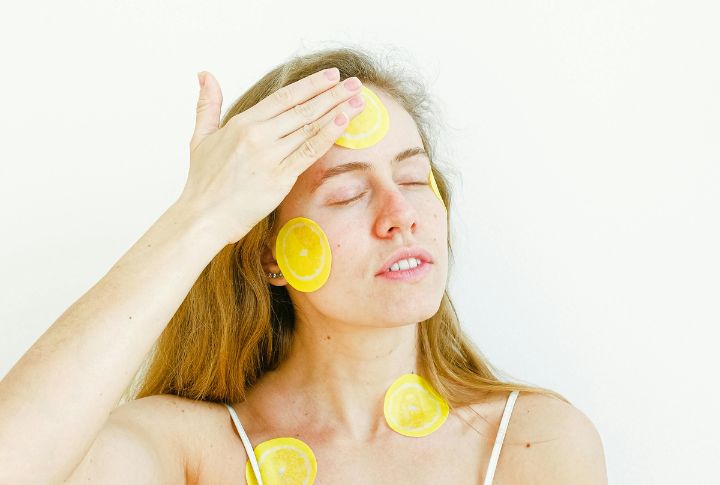
DIY beauty hacks, such as turmeric masks and lemon juice “brighteners,” have gone viral. But just because it’s natural doesn’t mean it’s safe. Many household ingredients are too acidic or abrasive for facial skin, potentially damaging the barrier and causing pigmentation or long-term sensitivity.
The Gua Sha Hype Isn’t Always Skin Deep

Videos make gua sha appear transformative. Experts explain that while light massage may increase circulation, exaggerated claims mislead users. Many follow viral methods without understanding skin limits, often chasing unrealistic outcomes instead of focusing on consistent care that actually supports long-term skin health.
The Skin Struggles Nobody Warned You About Online
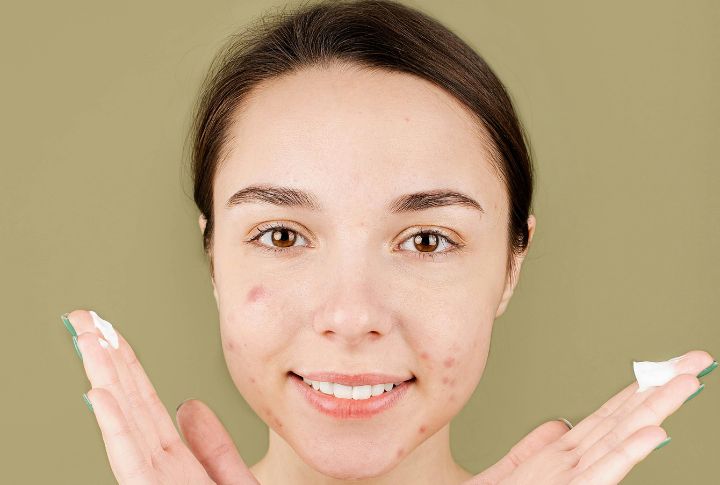
The internet rarely showcases the weeks of irritation or breakouts that follow an overambitious routine. Some users report flare-ups, acne worsened by product overload. So, before following a 16-step skin care routine, verify the authenticity of the video and the products being used.
Misinformation And Pseudoscience Are Spreading Fast

Terms like “chemical-free and “clean beauty” are often more marketing than science. In reality, everything is a chemical, and many demonized ingredients (like parabens or silicones) are safe and effective when used correctly. Such misleading labels can distract consumers from actual safety concerns or proven skincare benefits.
The Hidden Risks Of At-Home Beauty Gadgets

There’s a growing obsession with at-home skincare tools—derma rollers, facial brushes, and high-tech gadgets. However, using them incorrectly or without sterilizing leads to breakouts or skin injuries. Experts stress that these tools are not risk-free, particularly for those dealing with sensitive or compromised skin barriers.
The Overconsumption Trap
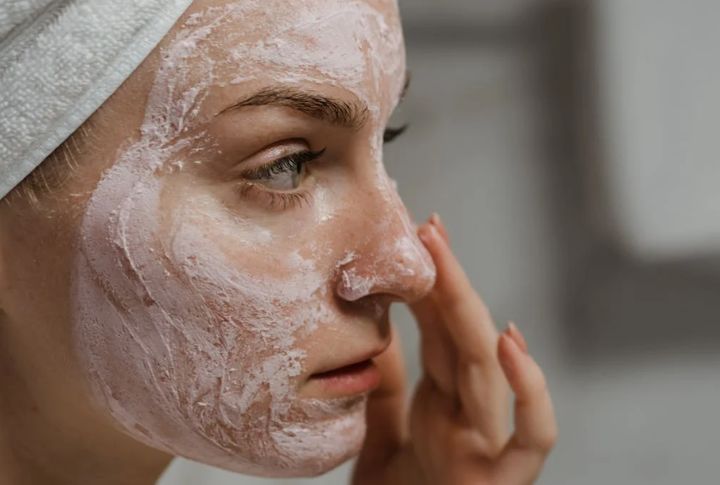
Althoug TikTok skincare hauls are thrilling, they come with a cost, literally and figuratively. Layering 6–12 products daily can overwhelm the skin and lead to allergic reactions. Those routines include multiple active ingredients that cancel each other out, or worse, irritate the skin.
Age-Inappropriate Products Are On The Rise

Children as young as eight are now using retinol and exfoliating acids, influenced by older creators. Pediatric dermatologists warn that this early exposure can disrupt skin development and lead to long-term sensitivity or damage. It could also lead to premature aging.
Skin Barrier Disruption Is The New Epidemic
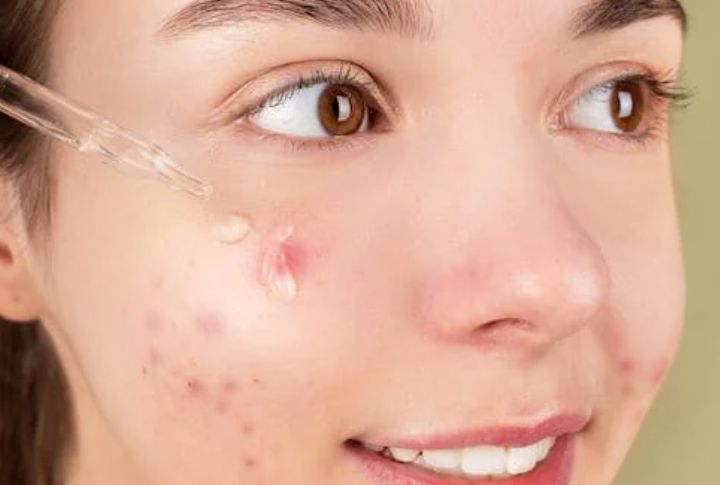
In the race to achieve glass skin, many online skincare routines unknowingly sabotage the skin’s first line of defense: the skin barrier. This thin, protective outer layer is essential for moisturising, blocking out irritants to maintain overall skin health. But today’s obsession with exfoliating acids and quick-fix peels is leading to a silent crisis.
Unregulated Online Purchases Are Increasing

It’s never been easier to buy beauty products with just a few taps. But the online beauty market is rife with counterfeit products, especially on lesser-known platforms and third-party sellers. These products may look identical to the original packaging, but can contain harmful or unknown ingredients.
People Are Confusing Skin Types With Skin Conditions
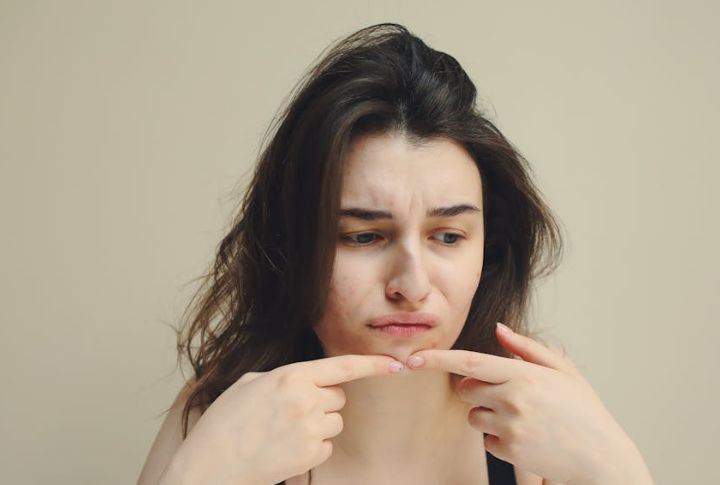
People treat temporary breakouts or seasonal dryness as permanent skin types. Influenced by online advice, they buy entire routines aimed at oily or acne-prone skin, when their skin may just be reacting to hormones or weather. Misdiagnosing skin needs can make problems worse and delay proper care.

